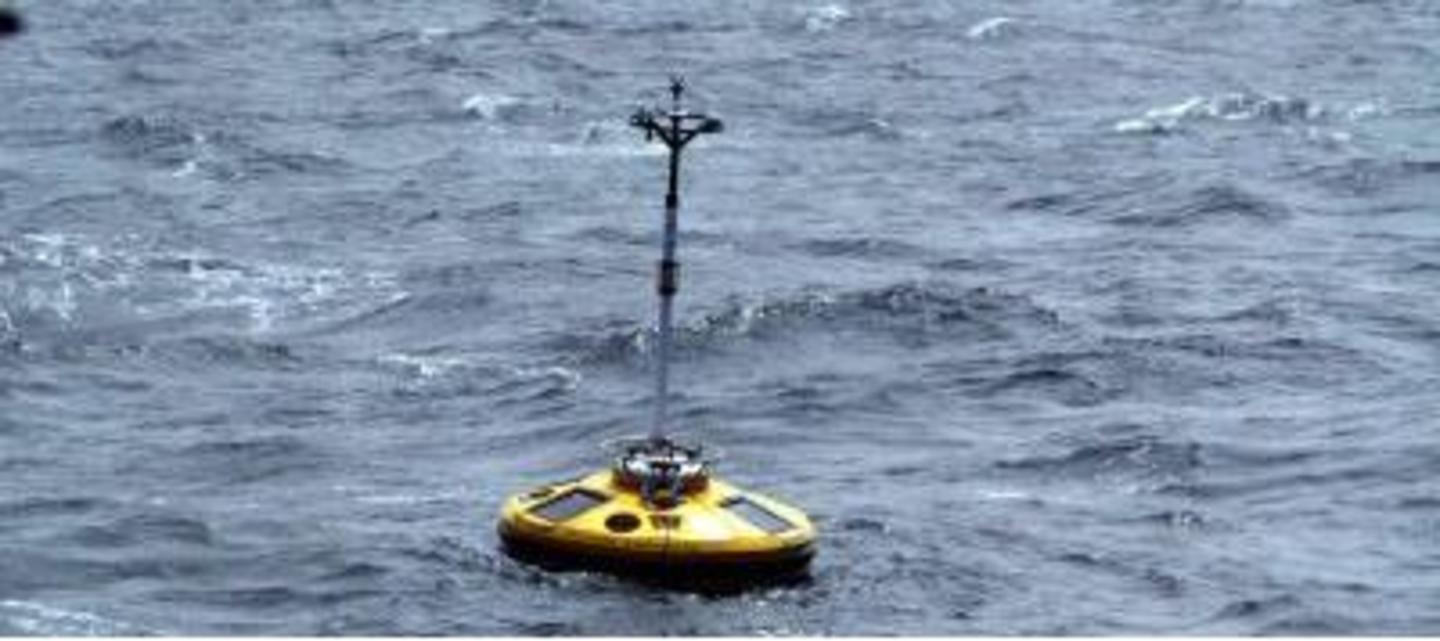During a three year research project, a Norwegian-Portuguese research team set up a system for real-time monitoring and forecasting of the oceanographic and meterological conditions affecting offshore Nazaré, a fishing village of the west coast of Portugal.
The Nazaré submarine canyon, where the research buoys are deployed, is one of the largest in the world.
A network of measuring platforms is now installed both at sea and on the coast to transmit data on waves, water temperature and quality, and wind and atmospheric parameters. In addition, an oil-spill detection sensor now sends an alert in case of offshore pollution.
As well as providing data to evaluate cliamte change more accurately, the monitoring helps local and national authorities to better define risk-mitigation strategies and handle potential accidents at sea.
Both the fisheries and the tourism sectors can use this information to plan their activities and develop their business.
The Instituto Hidrográfico, a Portuguese navy research institute, carried out the project in cooperation with SINTEF, a Norwegian research institution which was responsible for developing forecasting tools and contributed to the implementation of the system for forecasting oil spills.
- Read more on the MONICAN oceanography project’s web site
